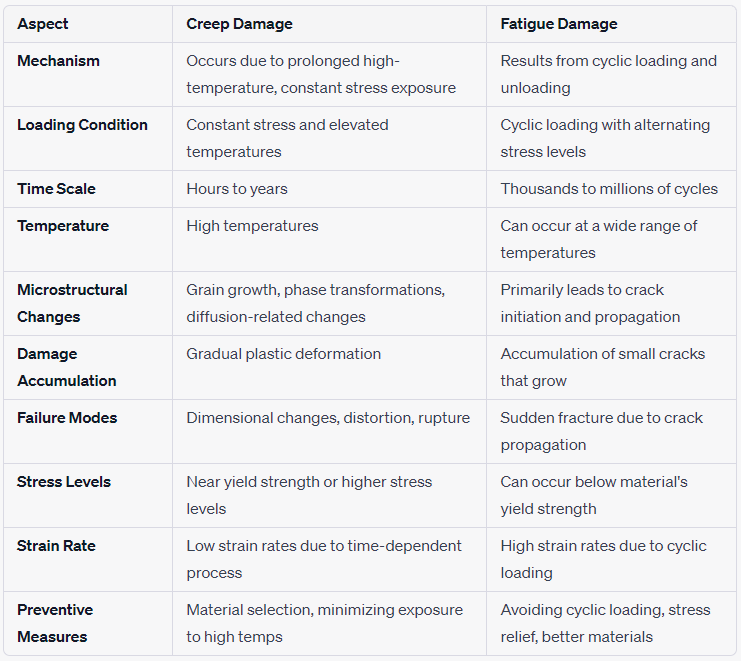CO2 Corrosion "Preferential Corrosion of Welds"
- matintegrity
- Nov 28, 2022
- 1 min read
As an acid gas, CO2 is present in oil and gas reservoirs. Due to its solubility in water and brine, this gas can cause corrosion of carbon steel, called as “sweet corrosion”. This kind of corrosion is the most common type in hydrocarbon transportation pipelines and can result in localized mode failures.
CO2 corrosion results when CO2 dissolves in water to form carbonic acid (H2CO3) which may lower the pH and promote general, localized or pitting corrosion of carbon steel. Because the weld metal retains a microstructure that is considerably different than the adjacent base metal, the preferential weld corrosion may occur particularly in such acidic aqueous environments.
This selective attack of the welds can often be reduced by normalizing the weldment resulting in corrosion behaviour nearly identical to the base metal.
High velocity and turbulence can cause accelerated, localized corrosion. Locations where high velocity, impingement, or turbulence can create increased susceptibility include areas downstream of control valves, and changes in piping direction (e.g., at elbows and tees) or piping diameter (i.e., at reducers).
Corrosion generally occurs or is worse in areas of turbulence and impingement. It is sometimes seen at the root of piping welds.
The below figure shows preferential weld corrosion attack, in flowline section with pinhole leaks in the weld at an offshore field in the Gulf of Mexico after 30 months operation of carbon steel flowline.







Comments